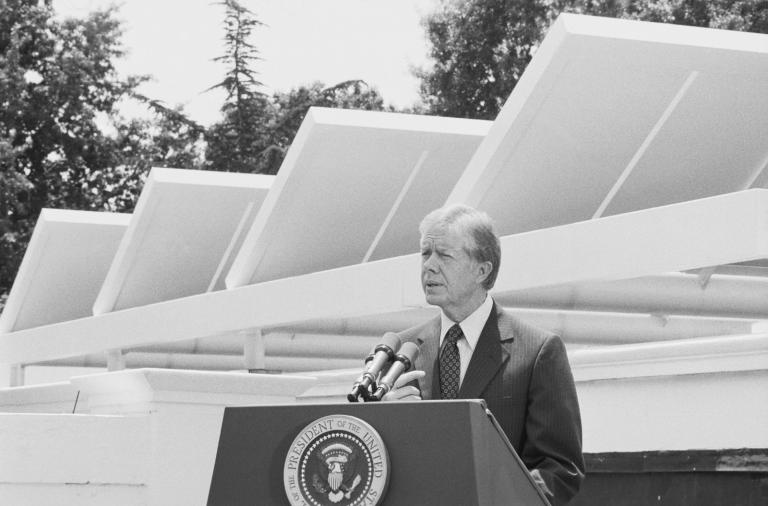Here is the schedule of targets John McCain has proposed for his cap-and-trade program:
- 2012: Return emissions to 2005 levels (18 percent above 1990 levels)
- 2020: Return emissions to 1990 levels (15 percent below 2005 levels)
- 2030: 22 percent below 1990 levels (34 percent below 2005 levels)
- 2050: 60 percent below 1990 levels (66 percent below 2005 levels)
The two things to note about these targets:
- They are insufficient based on the latest science.
- They are roughly in line with other cap-and-trade proposals, from both sides of the aisle.
The long-term target falls short of the “80 percent by 2050” the IPCC recommends (which has become iconic among climate activists), and well short of the 90-100 percent that the newest science indicates is needed. But as I’ve argued before, the long-term targets aren’t that huge of a deal — they will almost certainly be revised many times before 2050.
The short-term targets are the important thing. Scientists tell us that if global average temperatures rise more than 2 degrees C above pre-industrial levels, we court species-threatening catastrophe. To avoid exceeding that threshold, the IPCC recommends that industrialized countries cut their emissions 25-40 percent below 1990 levels by 2020.
That daunting target will give us only a 50 percent chance of avoiding 2 degrees C, and that’s assuming the 2007 IPCC report is the best guide. But the science that’s come in since the report is relentlessly dire, and many climate scientists believe the IPCC was dangerously conservative. A safe target would probably be more like 50-80 percent below 1990 levels by 2020.
That would require action of scope and speed unprecedented in human history. So we shouldn’t be surprised that it’s not a popular proposal among politicians. Obama’s plan, the Lieberman-Warner bill, Waxman’s Safe Climate Act, the Sanders-Boxer Global Warming Pollution Reduction Act, and even the principles proposed by three of the House’s strongest climate advocates all come down roughly around the 1990-levels-by-2020 target.
No politician that I’m aware of has yet proposed substantially strong short-term targets. So while McCain’s targets may be insufficient, they are squarely in the political mainstream.

